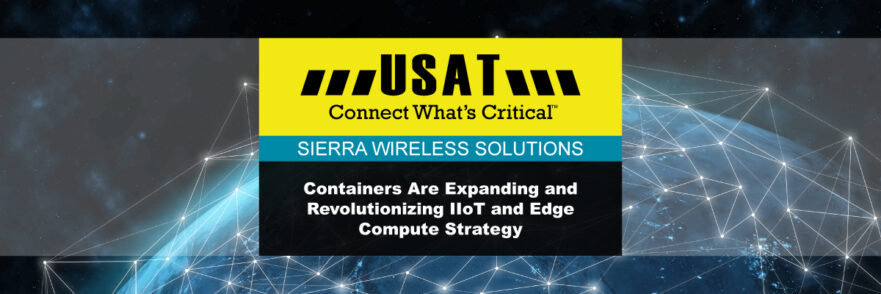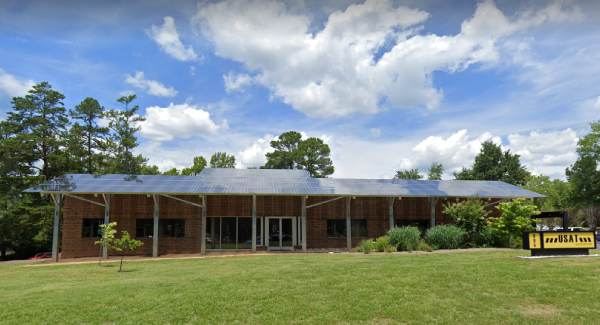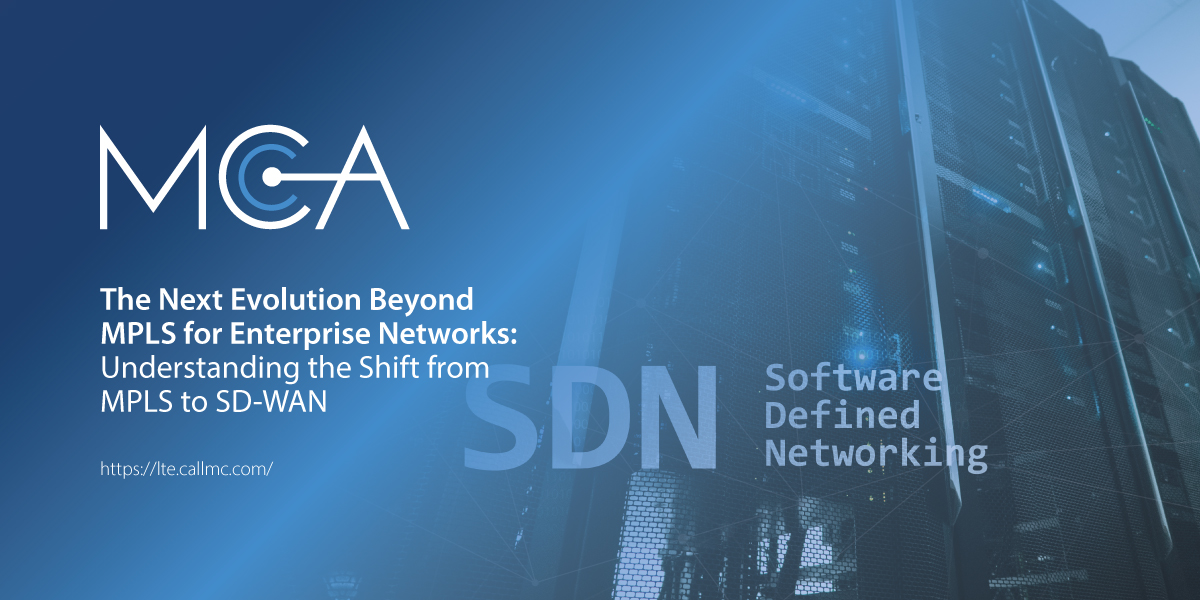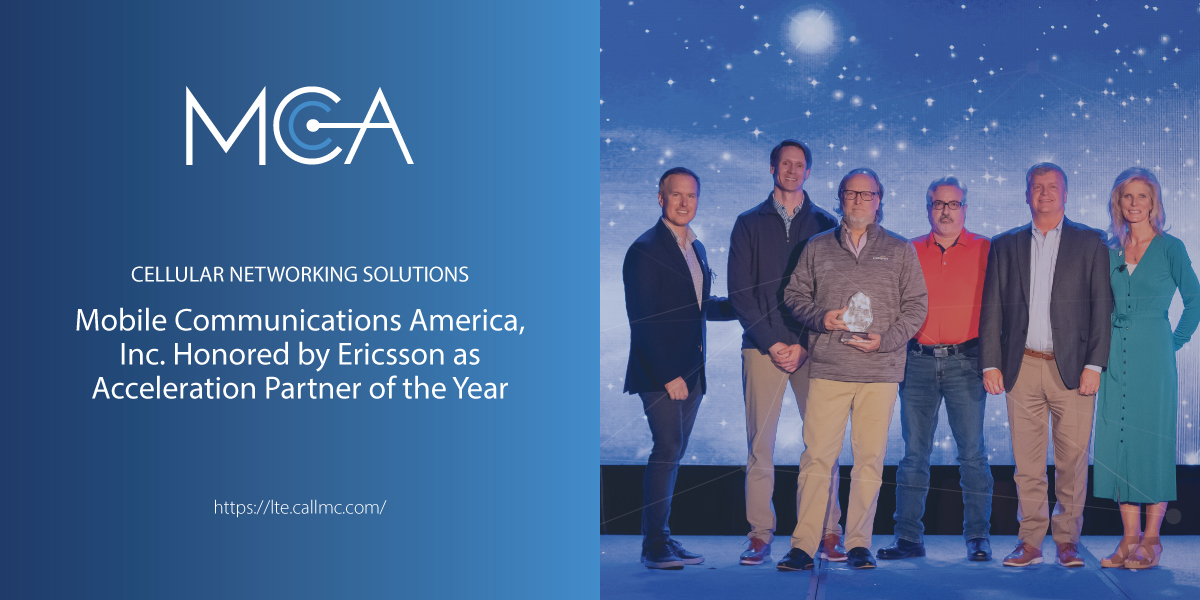Edge Computing Potential Is Expanding Thanks To Container Use
When the Industrial Internet of Things (IIoT) was introduced, it highlighted the importance of having real-time data available within the industrial space. What started as sending small amounts of operational data for monitoring and diagnostics grew into the centralization of vast quantities of data that could be used to analyze everything from asset management to the efficiency of operational processes.
Now, regardless of location or condition, organizations can monitor conditions throughout their production environments. Oil and gas companies, for example, can monitor their equipment and remediate issues remotely. Meanwhile, businesses in the agricultural space can monitor the precise amount of water that crops are getting to ensure the perfect soil moisture levels or track the feed levels and climate conditions of their livestock. Energy companies can help better reduce outages and blackouts by incorporating renewables into their energy ecosystems by connecting all of their energy assets via wireless technology.
In certain types of traditional IIoT data streams, a significant amount of data is gathered from assets and sensors and sent to a data center or cloud. This data is then processed, and a response may be sent back to the assets. However, this method requires transferring and storing a large amount of data in the cloud, and there is also a risk of network disruptions that could impact the IIoT solution.
Edge compute offers a different approach, where some of the computational processing occurs closer to where the data is generated, known as "the edge." This strategy eliminates the need to transmit and store large amounts of data in the cloud, tightens the feedback loop, and enhances resilience to network outages.
Although edge compute has been used to power a variety of IIoT applications for more than a decade, its potential is set to expand significantly through containers. Containers will enable the IIoT to unleash a broader range of possibilities.

Vendor Lock-In Is In The Past
About a decade ago, everything to do with edge compute was proprietary. Since each vendor was using their own application framework, customers were required to use whatever language their device vendor had chosen. For example, routers running the Lua programming language required a customer to use Lua as well. If the customer wrote their IIoT application in C programming language, they had no option but to rewrite the application in Lua.
Henry Ford once famously told customers they could have a car in any color they wanted, as long as it was black, and that's essentially what IIoT vendors were telling customers. Applications could be written in whatever language the customer wanted, as long as it was the one that the vendor was already supporting. This meant that, in a sense, customers were locking themselves into "life-long" relationships with their vendors. Once an application was written in the specific language required by the vendor, switching vendors would be starting over and rewriting the entire application - an incredibly time-consuming process.
Enter: containers.
Containers remove these limitations and are quickly becoming the edge compute strategy of the future.
Containers Offer Similar Functionality As Virtualization And Afford Customers More Flexibility
Many people are familiar with the concept of "virtualization" - creating a virtual machine using any operating system you'd like that sits on top of the existing server or PC hardware and can tap into the memory, storage, and other resources.
Containers offer similar functionality - allowing the user to run multiple isolated applications on a single device. As a result, a customer can package up their application and run it on nearly any piece of hardware so long as the device in question has container support (which many do). The customer will no longer need to worry about rewriting their proprietary application to fit the framework of their hardware vendor.
The benefits of container flexibility aren't just for customers developing IIoT applications from scratch - it's also beneficial for customers with applications written in old and outdated programming languages. By containerizing such applications, they can continue to use them for years to come and seamlessly migrate them from older hardware to the latest state-of-the-art systems as needed.
As containers have gained popularity in cloud and edge compute, an ecosystem has emerged. Many software vendors have bundled their applications into container images, making deploying them on edge compute systems easy with little or no software development. As a result, customers can often download a pre-packaged container solution without needing to build anything from scratch.
Sierra Wireless AirLink Routers Future-Proof IIoT Applications
The recently launched Sierra Wireless AirLink® RX55 industrial router solution perfectly fits IIoT use cases. It boasts ultra-low power consumption and a robust design that can withstand extreme conditions. Its advanced networking features and support for industry-standard containers set it apart.
The RX55 and XR80 and XR90 routers are powered by Sierra Wireless' AirLink Operating System, which includes container support (currently in closed Beta). This allows customers to easily write their applications using their preferred programming languages and libraries or even opt for a commercial off-the-shelf offering. With this feature, the AirLink routers provide a platform that can accommodate future innovation, enabling more edge applications for various niche and bespoke use cases across different industries.
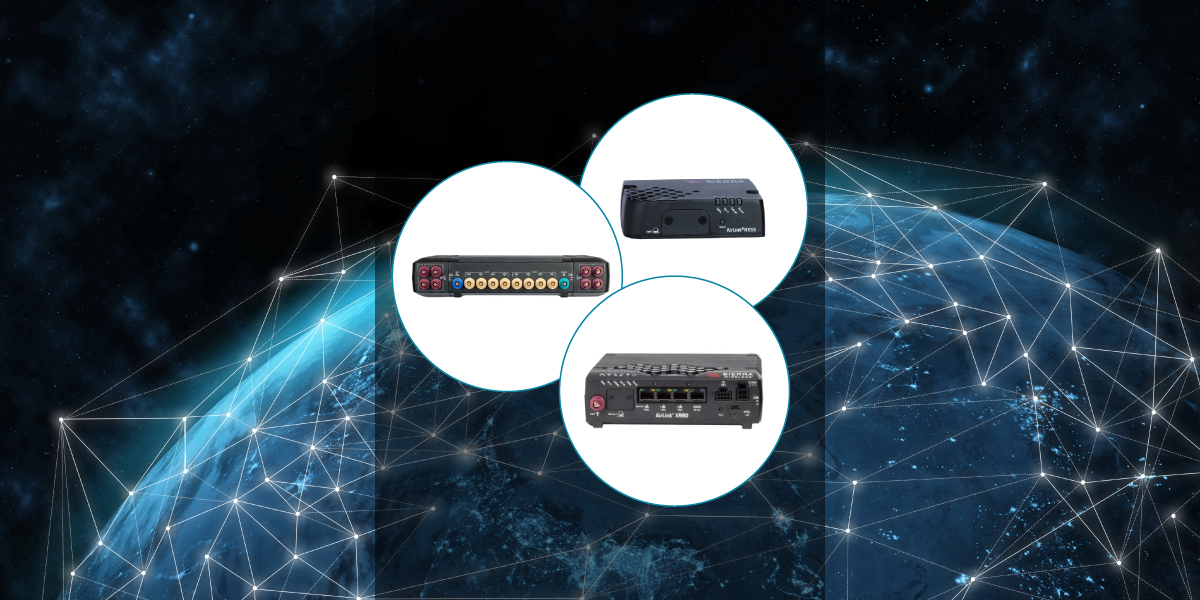
Container Support Is Now A Reality With Sierra Wireless
IIoT customers have requested container support for several years, and Sierra Wireless is at the forefront of making this a reality. Whether you're exploring the potential of edge compute or looking to upgrade your existing IIoT solutions, USAT Corp. and Sierra Wireless are here to help.
Contact us directly to discuss your edge compute requirements and discover how the AirLink® RX55, XR80, and XR90 routers can empower you to leverage containers to create innovative IIoT solutions that can address today's and tomorrow's challenges.
About USAT
USAT, part of the MCA family of companies, specializes in designing and deploying fixed and mobile wireless data connectivity solutions for organizations of all sizes — complete with implementation, training, proof of concept (POC), system auditing, and on-site RF surveying services with optional engineering maintenance contracts. Our team not only helps you select, provision, and activate devices, we make sure they work in practical applications and real-life situations.
For over 25 years, USAT has provided cellular communications solutions for various utility applications across the USA. With our extensive catalog of world-class routers, gateways, and software designed for remote monitoring and management in even the harshest environments — you can count on us to get and keep you connected.
Our connectivity solutions translate to less manual equipment maintenance, reduced downtime, and an overall increase in your business's ROI. Contact the experts at USAT to learn how our wireless networking solutions can help meet your organization's exacting needs.
Share this Post

